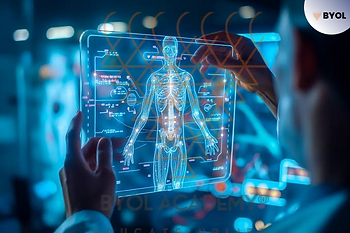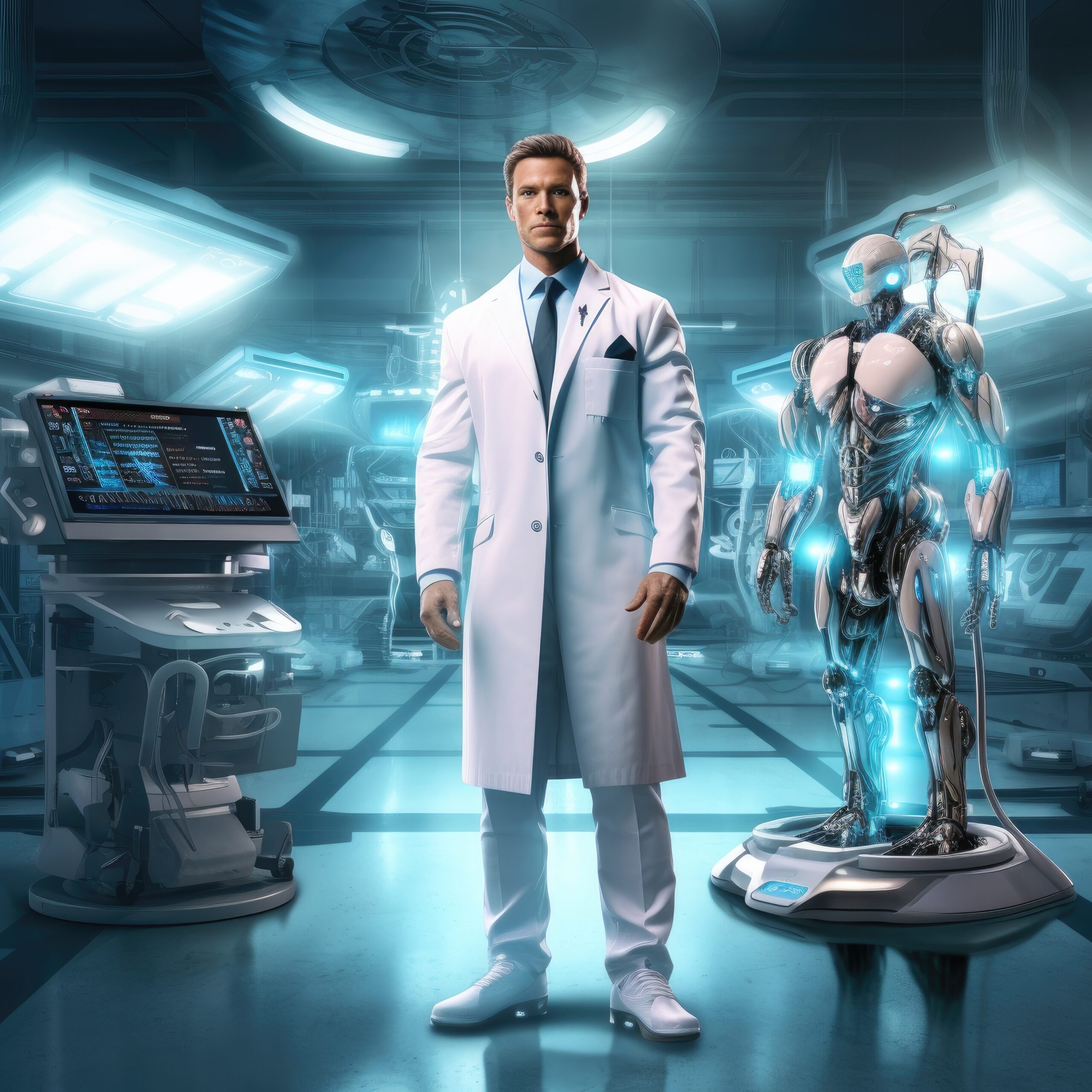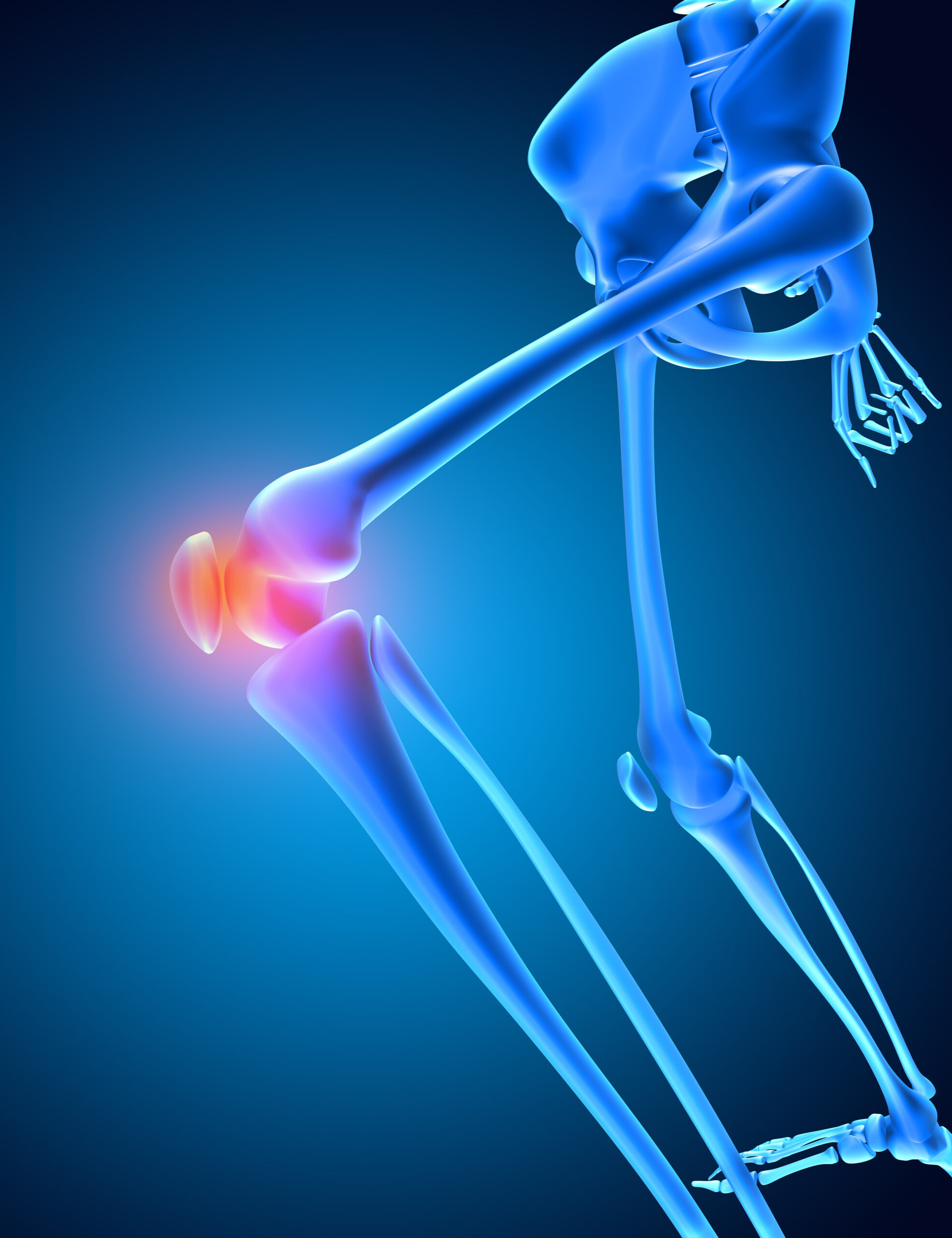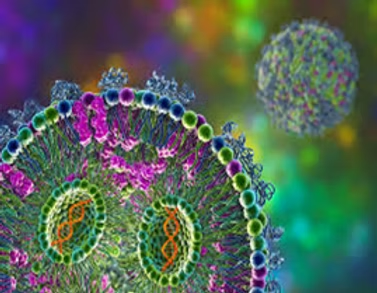History
Artificial Intelligence (AI) is a branch of computer science that is constantly developing to make machines do aspects of human cognitive functions. It deals with the computational understanding of what is typically referred to as intelligent behavior. Artificial intelligence systems are programs that enable a computer to perform the way that makes humans appear smart. AI has come a long way since Christopher Strachey developed the first AI program in 1951.When AI was still in its infancy, and just an academic topic of research, John McCarthy coined the term “Artificial Intelligence” at the Dartmouth Conference that he organized in 1956. This was the start of the modern AI age. AI includes various techniques like Machine Learning (ML), Deep Learning (DL) and Natural Language Processing (NLP). During the 1980s and 1990s, researchers turned to ML and neural networks, which allowed machines to learn from data and gradually increase the use of data over time. It was during these years that systems like IBM’s Deep Blue emerged, and beat the world chess champion Garry Kasparov in 1997. The 2000s kept up the momentum with even more developments in AI research, especially in areas like Natural Language Processing and computer vision. This paved the way for the development of virtual assistants like Apple’s Siri and Amazon’s Alexa, which could comprehend natural language and respond to user inquiries.
In light of the rapidly evolving nature of AI, it is imperative that AI is being developed responsibly and in a manner that benefits everyone. In healthcare settings, AI has been used to create diagnostic tools and personalized treatment plans. The field of artificial intelligence (AI) research in medicine is expanding rapidly. In 2016, healthcare AI projects attracted more capital than AI projects across any other sector of the global economy. Yet despite the excitement, there is much skepticism, with some calling for caution and warning against inflated expectations. AI techniques like Neural networks emulate the way the human brain represents data with thousands of interconnected neurons. This enables ML systems to challenge complex problems in much the same way a clinician would — by evaluating evidence critically to arrive at reasoned conclusions. Unlike a single clinician, these systems can simultaneously see as many as an infinite number of inputs and do that processing nearly instantaneously. Moreover, these systems can learn from every incremental case, and they can be exposed within minutes to more cases than a clinician would see in many lifetimes. This is the reason that a machine learning based application can do a better job than dermatologists at accurately classifying suspicious skin lesions. AI is being trusted with assignments where even experts often disagree, such as recognizing pneumonic tuberculosis on X-ray images of the chest.
The first attempt at applying AI technology to the field of surgery was successively researched by Gunn in 1976 when he examined the potential of diagnosing acute abdominal pain via computer analysis. The new challenge for modern medicine is how to acquire, analyze, and apply the wealth of knowledge essential for addressing complex clinical challenges. Medical artificial intelligence originated with AI programs like Artificial Neural Networks (ANNs), Fuzzy Expert Systems, Evolutionary Computation, and Hybrid Intelligent Systems aimed at assisting the clinicians in the generation of diagnosis, therapeutic decisions and outcome prediction.

Artificial Neural Networks (ANN)
- ANN is the most used AI technique in medicine.
- These are computational analytical tools that are inspired by the biological nervous system.
- They can be thought of as networks of very hugely interconnected computer processors called ‘neurons’ that can perform parallel computations for data processing and knowledge representation.
Fuzzy Expert Systems
- It was made famous by an engineer viz. Lofti Zadeh from University of California in 1965.
- Fuzzy logic is the science of reasoning, thinking, and inference that accounts for the fact that in the real world everything is a matter of degree. Whereas conventional logic assumes everything is either black or white, fuzzy logic accepts that in reality nearly everything is different shades of grey.
Evolutionary computation
- It is a computational method based on the process of natural evolution that mimics the process of natural selection and survival of the fittest to solve real world problems.
- It works by generating many random solutions to the problem. This population of numerous solutions will evolve from generation to generation until reaching an acceptable solution to the respective problem. The fittest solutions remain in the population, while the less fit are removed.
Hybrid Intelligent Systems
- Every AI method has its pros and cons. The benefits ANN, Fuzzy Expert Systems and Evolutionary Computation provide can be integrated to generate Hybrid Intelligent Solutions that can operate in a synergic fashion.
- Their synergy enables hybrid system to joint common sense, extracting information from the unimplemented data, perform human like reasoning mechanism, tolerate uncertainty and invisibility and learn to go with the volleys of unknown and ever-changing environment.
AI mediated diagnosis
- AI is not yet fully implemented for medical diagnosis. However, more data are becoming available for the use of AI in diagnosing a spectrum of diseases.
- ML, can facilitate decision making, handles workflows, and automate processes efficiently and effectively, while minimizing human errors.
Diseases diagnosis
- In South Korea, researchers studied the comparison between AI diagnosis of breast cancer versus radiologists. The AI-aided diagnosis was more sensitive in diagnosing breast cancer than the radiologists, 90% vs. 78%, respectively. Further, AI outperformed radiologists in detection of early breast cancer.
- Deep learning was used to diagnose skin cancers and the results showed that the AI with ANN identified melanoma cases more accurately than dermatologists and suggested treatment options.
- Researchers applied the AI technology in numerous other disease states including Diabetic Retinopathy detection, EKG abnormality detection and cardiovascular diseases risk factors prediction.
- Deep learning algorithms have a sensitivity and specificity for detecting pneumonia from chest radiography of 96% and 64% respectively.
- Studies have shown that the Random Forest algorithm outperformed other ML techniques in prediction of appendicitis and thus in scheduling appendix surgeries.
- Researchers are conducting further research on how to use AI in medical diagnosis and treatment, such as interpreting medical images like X-rays, CT scans, and MRIs.
Laboratory testing
- AI has the potential to revolutionize clinical laboratory testing by improving the accuracy, speed and efficiency of laboratory processes.
- A number of ML systems have been created for the detection, classification and quantitation of microorganisms, in addition to diagnosis, disease classification, and prediction of clinical outcomes.
- ML systems are used to formulate the AI diagnosis using data from the genomic data of microorganisms, gene sequencing, metagenomic sequencing results of the original specimens, and microscopic imaging.
- Automation and AI have revolutionized laboratory efficiency in blood cultures, susceptibility testing, molecular platforms, and other areas. It provides a result in the first 24 to 48 hours, which is useful for selecting appropriate antibiotic treatment for patients with positive blood cultures.
Use of AI in Treatment Protocols

Precision Medicine
- Precision medicine, also known as Personalized medicine, is an approach that tailors medical care for individual patients and populations based on their unique characteristics (e.g., genetics, environment, lifestyle, and biomarkers).
- A study was carried out by Huang et al. where patients’ gene expression data was used to train a support ML which predicted the response to chemotherapy.
Dose Optimization
- AI algorithms allow healthcare providers to adjust medication dosages according to individual patients and anticipate potential adverse drug events, which prevents risks and enhances patient care.
- CURATE AI: a novel dose optimization system, is an AI-derived platform for dynamically optimizing chemotherapy doses depending on individual patient data.
Therapeutic Drug Monitoring (TDM)
- Therapeutic drug monitoring describes a process used to optimize drug dosing in a single patient.
- TDM is a tool for individualized therapy used to reach the objective of patients being given the appropriate drug, at the correct dose, at the correct point of time without causing adverse effects while reaching the adequate therapeutic effect.
- AI can be trained to predict how an individual might respond to a specific drug according to their genetic makeup and medical history.
Drug Information and Consultation
- AI reviews up-to-date medical literature, drug databases, and clinical guidelines to access drug information quickly and completely, enabling healthcare providers to make accurate, evidence-based decisions.
- AI algorithms can produce tailored recommendations for individual patients based on their health conditions, past medical/medication history, and social/lifestyle preferences, enabling healthcare professionals to choose the most appropriate medication and dosage.
AI in Patient Care
AI mental health care
- AI mental health apps serve in early detection and diagnosis of mental state issues in addition to customizing remedy and help.
- A new study assessed the utility of a mental health digital app named Woebot in people presenting with a substance use disorder. This study demonstrated significant improvements in substance use, cravings, depression and anxiety using Woebot.
AI virtual healthcare assistant
- AI-powered applications like chatbots, sounds, and interfaces that act as digital assistants are intended to develop personalized patient care based on patient input, with human conversation simulation capability.
- Virtual assistants can help patients identify the underlying problem based on the patient’s symptoms, provide medical advice, remind patients to take their medications, schedule doctor appointments and monitor vital signs.
Are People More Inclined Towards AI than Human Healthcare Providers??
- In medicine, patients are so unconditional in trusting medical staff and believing in being cured of their illness due to a medical phenomenon called placebo effect. Thus patient-physician trust is important in enhancing treatment and raising the quality of patient care.
- As far as the collaboration between patients and an AI-based health-care delivery system is concerned, developing a trust-based relationship is crucial.
- It has been observed that people are generally willing to use or interact with AI for health-related applications like diagnosis, treatment, monitoring, or decision support. However, studies have also reported an overall preference among people for human healthcare practitioners, as opposed to AI, particularly in reference to complex or sensitive individual issues such as mental health and chronic diseases.
- Furthermore, individuals trust and accept AI differently based on their age, gender, education, culture, and past interaction with technology.
Key Takeaways
- AI is a game-changer in the Healthcare domain.
- AI-enabled predictive insights can improve the speed, precision and cost-effectiveness of diagnosis, and subsequently clinical laboratory testing.
- AI can be incorporated in various aspects of patient care such as virtual health and mental health support. Nonetheless, limitations of AI such as bias and lack of personalization need to be overcome so as to maximize equitable and effective use.
- Trust and patient education are essential in order to integrate AI in healthcare practice successfully. The challenges include data quality, privacy, bias, and the need for human expertise, all of which must be overcome for safe and effective AI integration. Collaboration between the stakeholders is essential to developing robust AI systems, ethical guidelines, and trust from both patients and providers.
- There is still a lot more research, innovation, and interdisciplinary collaboration required to harness the full potential of AI in healthcare.
References
1. Ahsan MM, Luna SA, Siddique Z. Machine-learning-based disease diagnosis: a comprehensivereview.Healthcare.2022;10(3):541. https://doi.org/10.3390/healthcare1003054
2. Artificial Intelligence and Machine Learning in Software as a Medical Device. US Food and Drug Administration. Released 2021. FDA website: https://www.fda.gov/medical-devices/software-medical-device-samd/artificial-intelligence-and-machine-learning-software-medical-device. Accessed 6.20.2023.
3. Huang C, Clayton EA, Matyunina LV, McDonald LD, Benigno BB, Vannberg F, et al. Machine learning predicts individual cancer patient responses to therapeutic drugs with high accuracy. Sci Rep. 2018;8(1):16444. https://doi.org/10.1038/s41598-018-34753-5.
4. Suleimenov IE, Vitulyova YS, Bakirov AS, Gabrielyan OA. Artificial Intelligence:what is it? Proc 2020 6th Int Conf Comput Technol Appl. 2020;22–5. https://doi.org/10.1145/3397125.3397141.
5. Topol EJ. High-performance medicine: the convergence of human and Artificial Intelligence. Nat Med. 2019;25(1):44–56. https://doi.org/10.1038/s41591-018-0300-7.







